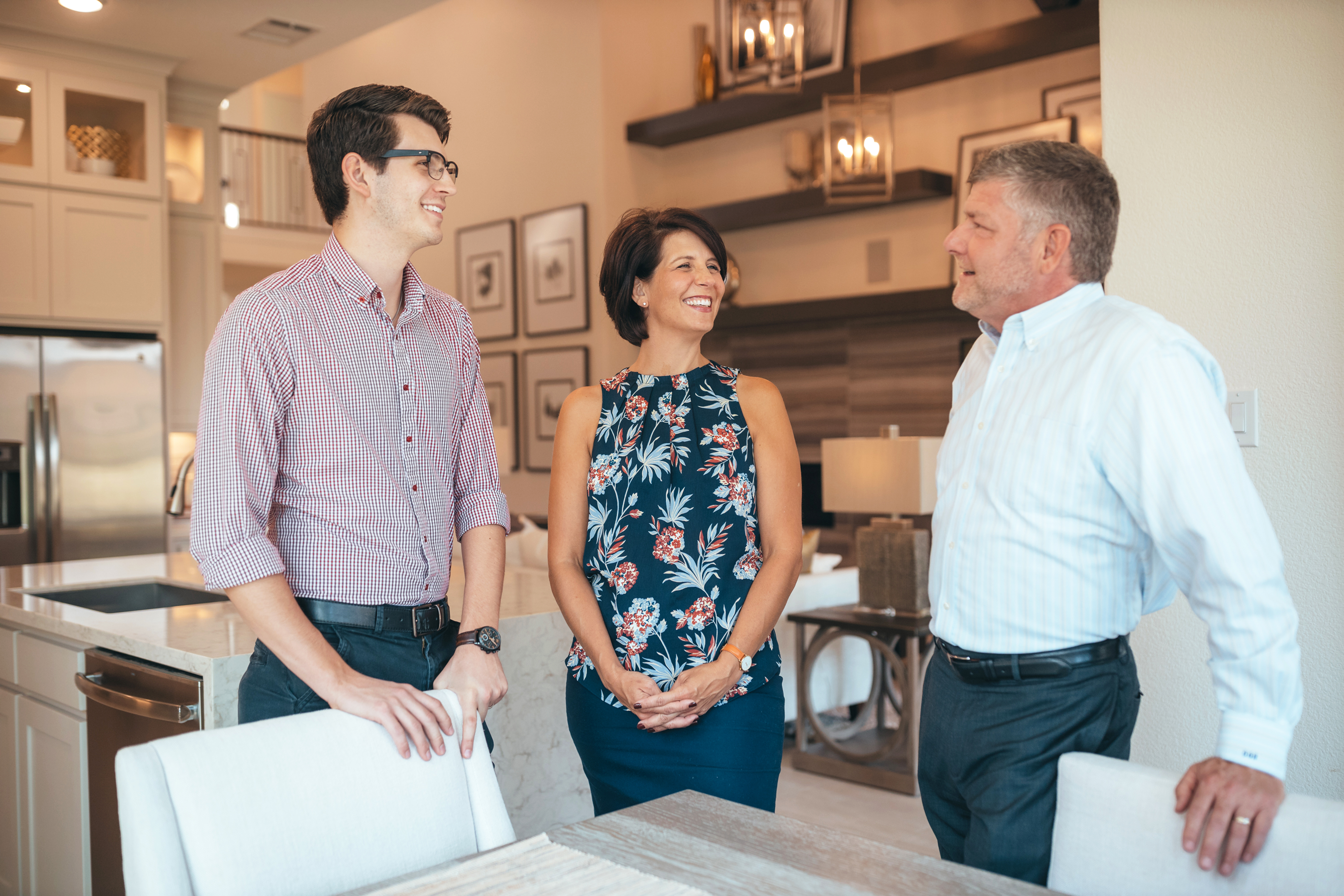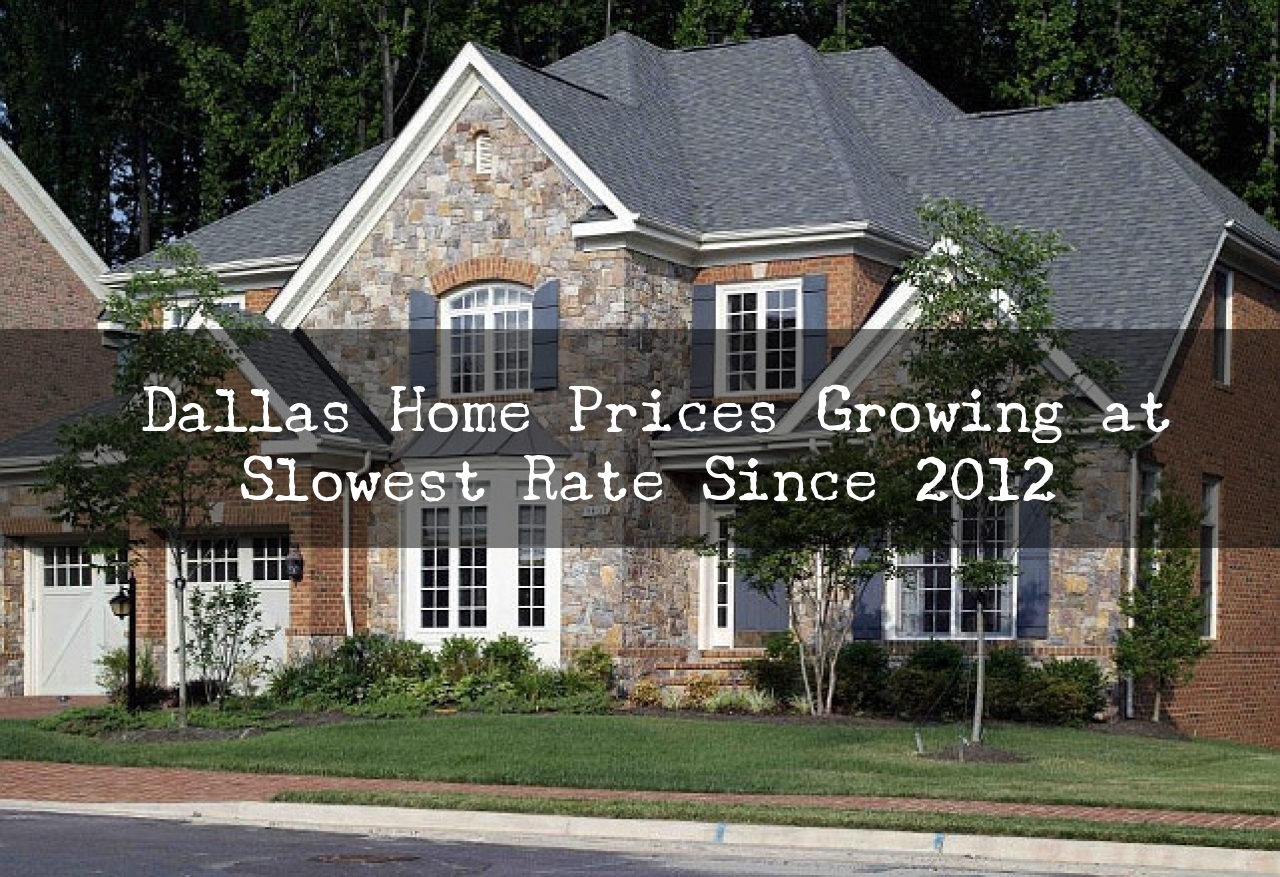Dallas Home Prices Growing at Slowest Rate Since 2012
Dallas-area home price gains have dwindled to their lowest level in more than seven years.
Home prices in the Dallas area were just 2.6% higher in May than a year earlier, according to the latest S&P CoreLogic Case-Shiller home price index. The last time local home prices saw such a small year-over-year gain was in March 2012.
Nationwide home prices were 3.4% higher than in May 2018, according to the closely watched Case-Shiller report. "Nationally, year-over-year home price gains were lower in May than in April, but not dramatically so, and a broad-based moderation continued," S&P's Philip Murphy said in the report. Home prices were actually down 1.2% from a year ago in Seattle — the first such decrease in a major metro area in several years. "Whether negative year-over-year rates of change spread to other cities remains to be seen," Murphy said. "Among 20 major U.S. city home price indices, the average year-over-year gain has been declining for the past year or so." Home prices grew at the largest rates in Las Vegas, up 6.4%, and Phoenix, 5.7%
Dallas-area home price appreciation has been cooling for more than a year. Local home prices are still at all-time highs and are a 50% ahead of where they were before the Great Recession. Dallas-area home prices have surged by about 70% since 2009, according to Case-Shiller. "The U.S. housing market cooldown continued in May, signaling the longest period of price growth anemia since the Great Recession," Ralph B. McLaughlin, deputy chief economist and executive of research and insights for CoreLogic, said in a statement. "However, coupled with the recent drop in mortgage rates and incomes rising faster than inflation, the transition to a more balanced market should allow the industry to enter a period of sustainability into the foreseeable future."
Home sales in North Texas and many other U.S. markets have slowed from where they were in 2018. Housing analysts are hoping the lower property appreciation rates will allow consumers' incomes to rise and make homeownership more affordable. "Home prices continue to climb but at a slower pace that amounts to normalization rather than full cooling," Zillow economist Matthew Speakman said in a statement. "Thwarted by climbing prices for years, buyers are no longer willing to pay any price. "There were too few homes on the market, and buyers were unable to find houses that fit both their needs and their budgets, so they took a breather..."

